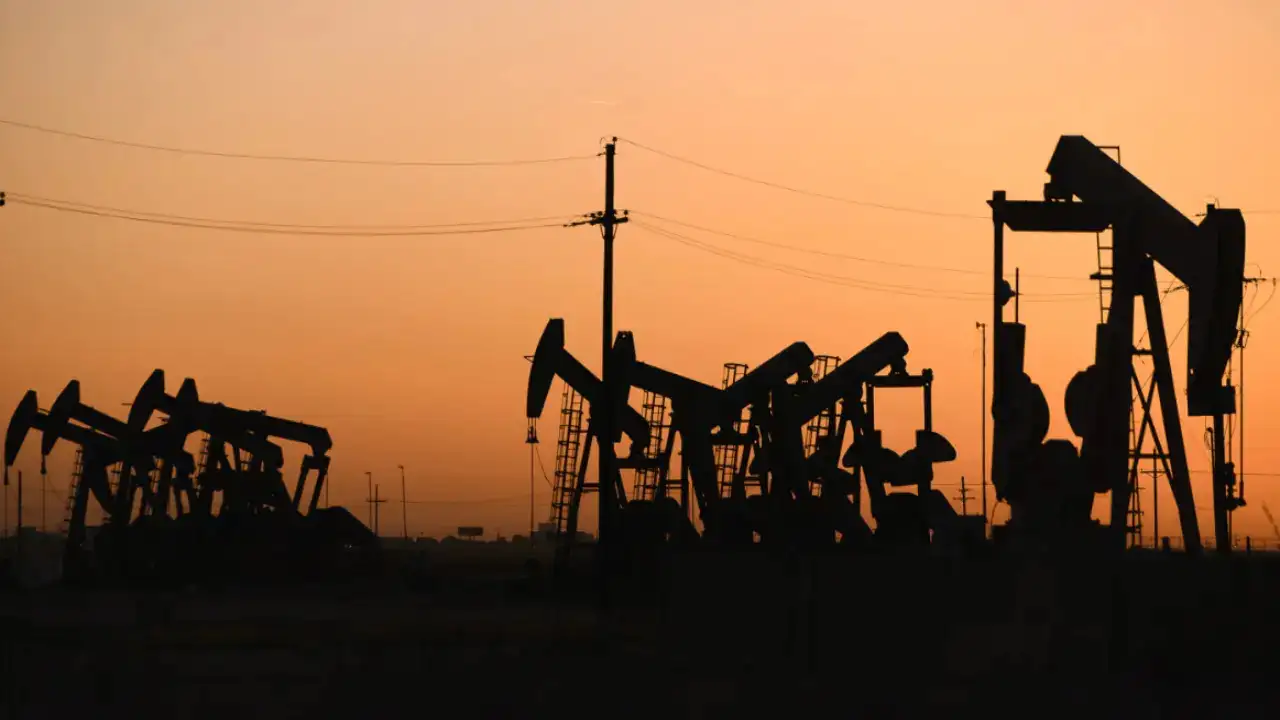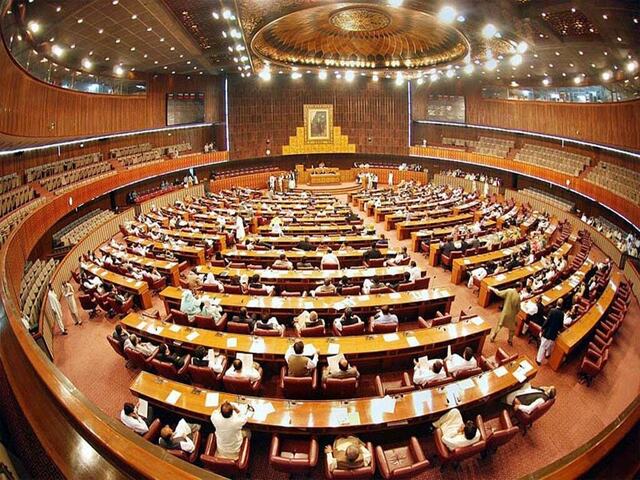Copyright timesnownews

India has significantly ramped up its crude oil imports from the United States. Data from Kpler shows that as of October 27, India was importing around 540,000 barrels per day, marking the highest surge since October 2022. Projections suggest October could close at 575,000 barrels per day (bpd), with November expected to average between 400,000 and 450,000 bpd, according to PTI. This represents a major rise from the roughly 300,000 bpd seen earlier this year. Why Indian Refiners Are Turning To US Oil Experts attribute this surge primarily to market dynamics rather than politics. A widening price gap between Brent and WTI crude, combined with sluggish demand from China, has made WTI Midland oil from the US particularly appealing. These favourable price conditions have opened a profitable window for Indian refiners, allowing them to secure supplies at more competitive rates. Despite the current upswing in American imports, Russia remains India’s top oil supplier, providing nearly one-third of the country’s total crude requirements. Iraq continues to rank second, followed by Saudi Arabia. Sources told PTI that Indian refiners are increasingly purchasing American grades such as WTI Midland and Mars, as part of a broader strategy to diversify energy sources and support cooperation with Washington. A Diplomatic Tightrope Amid Global Pressures The increased US oil purchases come at a time when India faces stricter sanctions on major Russian producers like Rosneft and Lukoil. Analysts view the shift as not only an economic decision but also a geopolitical signal aimed at easing trade tensions with Washington, especially after the Trump administration imposed tariffs on Indian exports. How Long Will The Surge Last? Industry experts caution that this spike in imports may be temporary. Factors such as longer shipping times, higher freight costs, and the lighter nature of WTI crude could limit sustained growth. Nevertheless, the growing US share in India’s oil basket underscores New Delhi’s broader effort to balance cost efficiency, energy security, and international relations, a reflection of its adaptive approach to an evolving global energy landscape.



